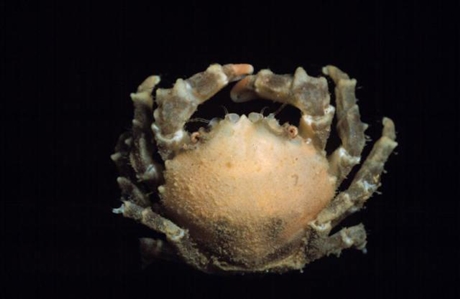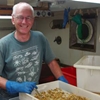General Description
Subhepatic region (area under and between eye and anterolateral tooth) with a strong blunt tubercle. Inner surface of sixth segment (propodus) of male claw (cheliped) entirely hairy on outer surface smooth. Walking legs 1 and 2 (pereopod 2-3) with fifth and sixth segment (carpus and propodus) weakly ridged. Up to 2 cm wide.
Biology
Sponge crabs have the last two pairs of walking legs held over the top of the carapace and with tiny pincers to hold on to the sponge or sea squirt that acts as its camouflage. Because they rely on camouflage and move very little to escape detection by predators, sponge crabs can be difficult to spot under rocks or among algae.
Habitat
Under stones, usually associated with sponges or ascidians, low intertidal to depths of 220 m.
Soft substrates
Coastal shores
Distribution guide
New Zealand and Australia.
Species Group
Depth
Shore (0-1 m)
Shallow (1-30 m)
Deep ( > 30 m)
Water Column
Max Size
2 cm
Diet
Organic matter
Harmful
Not harmful but a nip from large claws could be painful
Commercial Species
No
Global Dispersal
Recorded in Australia
Species Code
MoV 3858
Conservation Status
- DSE Advisory List : Not listed
- EPBC Act 1999 : Not listed
- IUCN Red List : Not listed







